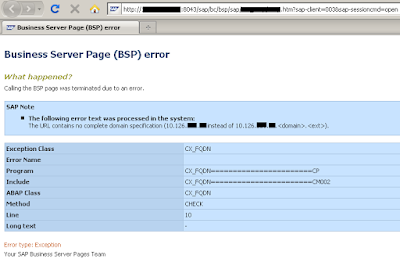sap Introduction
1. Introduction
SAP stands for Systems, Applications and Products in Data Processing. Five GermanEngineers founded it in 1972. SAP is an ERP software which large organizations use to
manage their business. SAP has several modules, each of which represents a businessprocess.
Modules are usually abbreviated for the business process they represent. For
instance, HCM is Human Capital Management, FI for Financial Accounting, MM for
Materials Management and SD is Sales & Distribution and so on. All together there are
some nineteen core modules.
These modules are highly integrated in real-time, which means, that if information is shared
between modules then the data is entered only once. This reduces the chances of error
arising from repetitive entry and also reduces the man-hours. Managers and decision
makers always have information at their fingertips and this helps them in effective decision
making.
SAP has been around for nearly four decades. Nine out of ten Fortune-500 companies have
already implemented SAP (not counting the thousands of to-be Fortune-500 companies that
have SAP). There are well over 10 million SAP users worldwide and jobs keep popping up
all around the world.
SAP is the leading ERP (Enterprise Resource Planning) software. Because of it’s liberal
open-architecture, there are millions of programmers working around the world to provide
interaction between thousands of major software and SAP.
SAP is usually implemented in phases. The first phase is when organizational structure and
accounting components are configured, tested and then taken live. Gradually more modules
are turned on.
ABAP Course
The purpose of this book is to learn step-by-step basics of SAP’s programming language
ABAP (Advance Business Application Programming). SAP’s complete software is written in
ABAP. The course is built to provide basic understanding and knowledge of ABAP’s
capabilities and the utilization of the programming language to meet needs of a business.
LearnSAP
LearnSAP strives to help students develop SAP skills and knowledge needed to complete in
the employment market and adapt to future changes. The training course combines
classroom theory of SAP technology with hands-on practice.
LearnSAP strives to evolve with the marketplace, delivering skills-based education that is
sensitive to market needs and convenient to students. Our goal is to help people develop
into employees who are equipped to meet the challenges of a marketplace where change is
the one constant.

Comments
Post a Comment